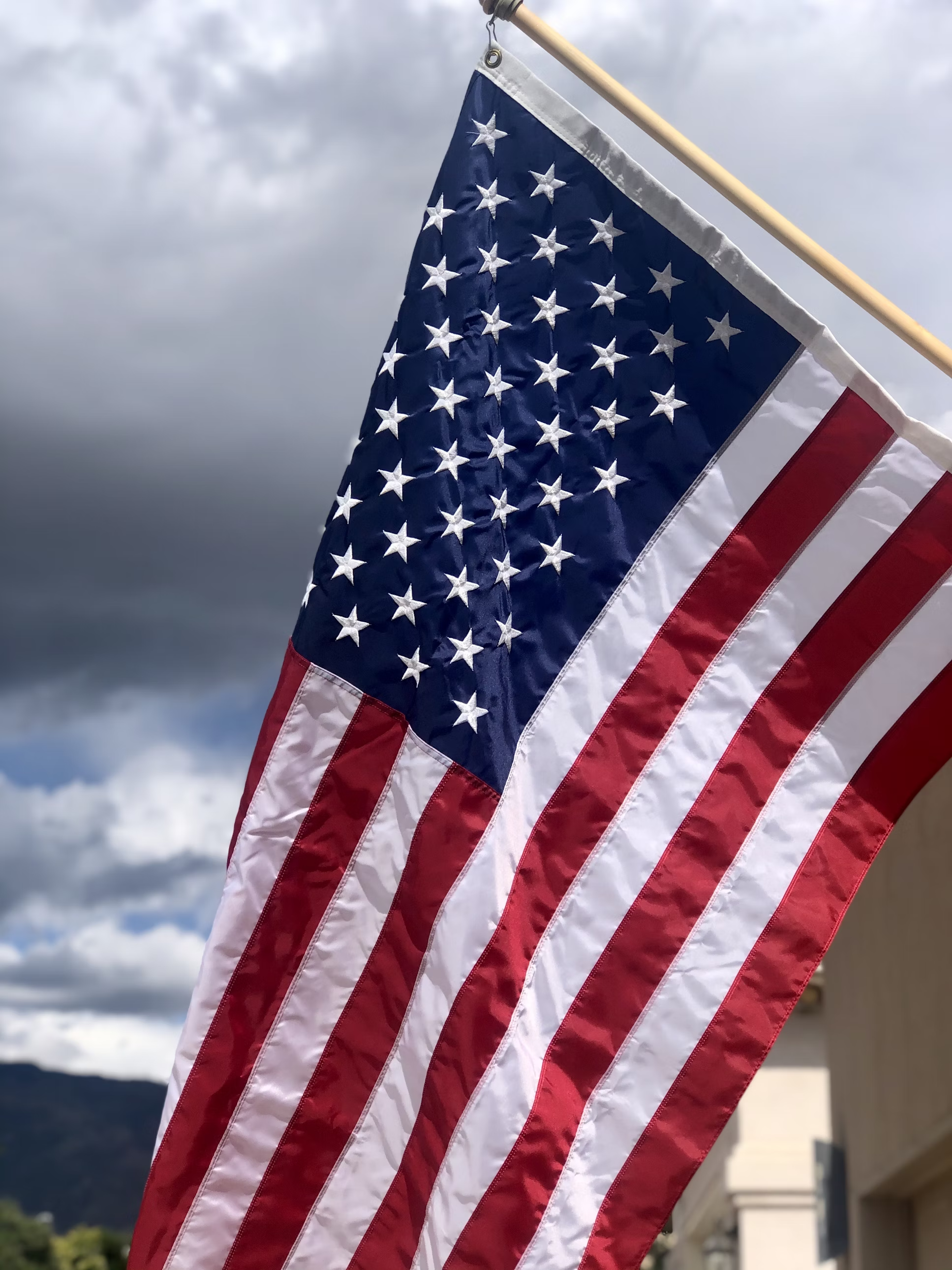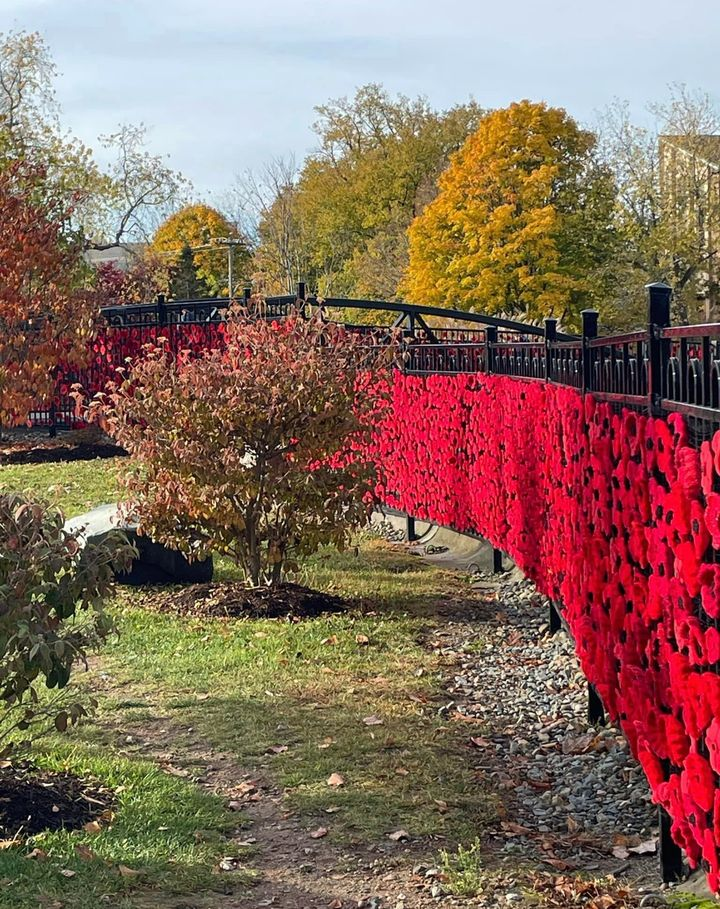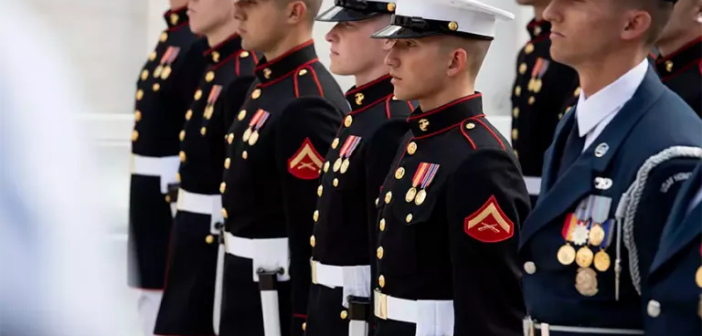By Caitlyn McGregor, Staff Writer
Veterans Day, a holiday observed on Nov. 11, honors military veterans—individuals who have served in the U.S. Armed Forces. It’s a day to express gratitude for their service and sacrifices. This holiday has deep historical roots, originally beginning at the end of World War I.
Origins: Armistice Day
The origins of Veterans Day date back to Nov. 11, 1918, when World War I ended. At 11 a.m.—the “eleventh hour of the eleventh day of the eleventh month”—an armistice agreement was signed between Germany and the Allies, ending the fighting on the Western Front. To commemorate this peace, President Woodrow Wilson declared Nov. 11 as Armistice Day, a day to honor the soldiers who fought and died in World War I and to reflect on the importance of peace. For many years, Armistice Day was dedicated to remembering those who served in World War I, specifically. However, after the United States’ involvement in later conflicts, including World War II and the Korean War, the observance was broadened to honor all veterans.
Transition to Veterans Day
In 1954, following both World War II and the Korean War, President Dwight D. Eisenhower signed legislation officially changing Armistice Day to Veterans Day. The goal was to honor all U.S. military veterans, regardless of when or where they served. The day was no longer limited to World War I veterans, but expanded to recognize the service and sacrifice of veterans from all wars and conflicts.

Why Nov. 11?
According to the U.S. Department of Veterans Affairs, in 1968, the U.S. government passed the Uniform Monday Holiday Act, moving Veterans Day to the fourth Monday in October to allow for more three-day weekends. However, this change was unpopular with veterans’ groups, who felt that Nov. 11 had historical importance and should not be moved. In 1975, after public pushback, Congress restored Veterans Day to Nov. 11, where it remains today.
Symbol of Veterans Day
The red poppy has become a symbol of Veterans Day. According to American Military History, this symbol comes from a popular poem called “In Flanders Fields,” written during World War I, where poppies grew across the battlefields after the war ended. The poppy has since become a symbol to remember soldiers who died in battle. Now, people wear red poppies on Veterans Day to honor those who sacrificed their lives.

Observing Veterans Day
Today, Veterans Day is observed with ceremonies, parades, and other events. The National Veterans Day Ceremony at Arlington National Cemetery is one of the most significant, where the president, or a representative, lays a wreath at the Tomb of the Unknown Soldier. In addition to these national observances, local communities and schools hold their own events to honor veterans. Many local communities and schools also hold events to honor veterans, and businesses often offer discounts and special offers. Veterans Day serves as a time to reflect on the sacrifices made by military personnel and to thank them for their service. Don’t forget to honor Veterans Day by thanking someone you know for their service!





